Crisis Core: Final Fantasy VII Reunion claims that it is “more than a remaster,” and that’s somewhat accurate. But it might be both more accurate and more valuable to say that Crisis Core Reunion is the best-case scenario for a remaster. It’s basically everything that the original PSP action RPG was when it released in 2007, except with a spectacular new coat of paint. And since the original game was awesome in the first place, that’s good enough. Crisis Core: Final Fantasy VII Reunion makes an excellent first impression in preview on PlayStation 5, and it’s likely to please most fans of past and present.
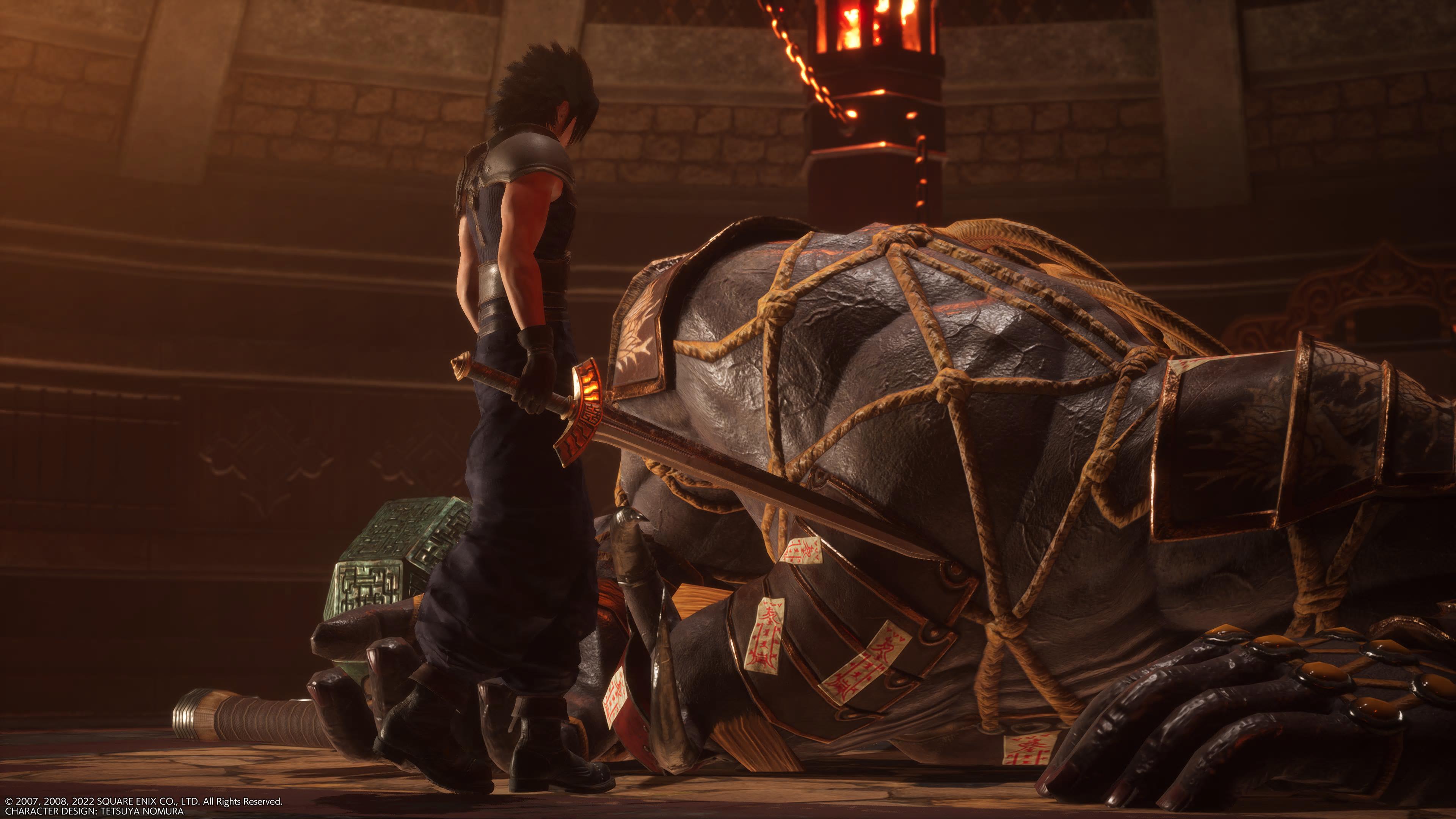
No Crises to Speak for in This Crisis Core Reunion Preview
Genuinely, almost everything that was true of the original Crisis Core is true of Reunion with few changes. It tells the prequel story of Shinra SOLDIER Zack Fair, whose entire existence is a major spoiler for the original Final Fantasy VII, so it’s advised that you play FFVII before jumping into Crisis Core. This preview only allows me to speak to events through to the end of Chapter 3, but suffice to say, Reunion does not alter any aspects of the story from the original release. I didn’t notice any new nods to Final Fantasy VII Remake, for instance, and you’ll spend lots of time with suave SOLDIER characters like Angeal, Genesis, and, yes, Sephiroth.
Shinra is of course the bad guy in Final Fantasy VII proper, so to play as a good guy that works enthusiastically for the company is a compelling change of pace. It’s likewise cool how the game portrays many Shinra employees and soldiers as just people pursuing their passions and trying to make an earnest living; they don’t realize they’re maybe accidentally killing the planet with their energy-harvesting Mako reactors. All in all, it’s a terrific setup for a prequel, and the visual and audio upgrades make it that much more impactful on PS5.
Overall, the graphics in Crisis Core: Final Fantasy VII Reunion are an enormous upgrade over the somewhat blocky visuals PSP delivered 15 years ago. Character models for all the story characters are quite detailed, while NPCs are at least respectable. Animations during story scenes are a bit stiff, and Zack’s facial expressions sometimes remind me of Kingdom Hearts for better or worse.
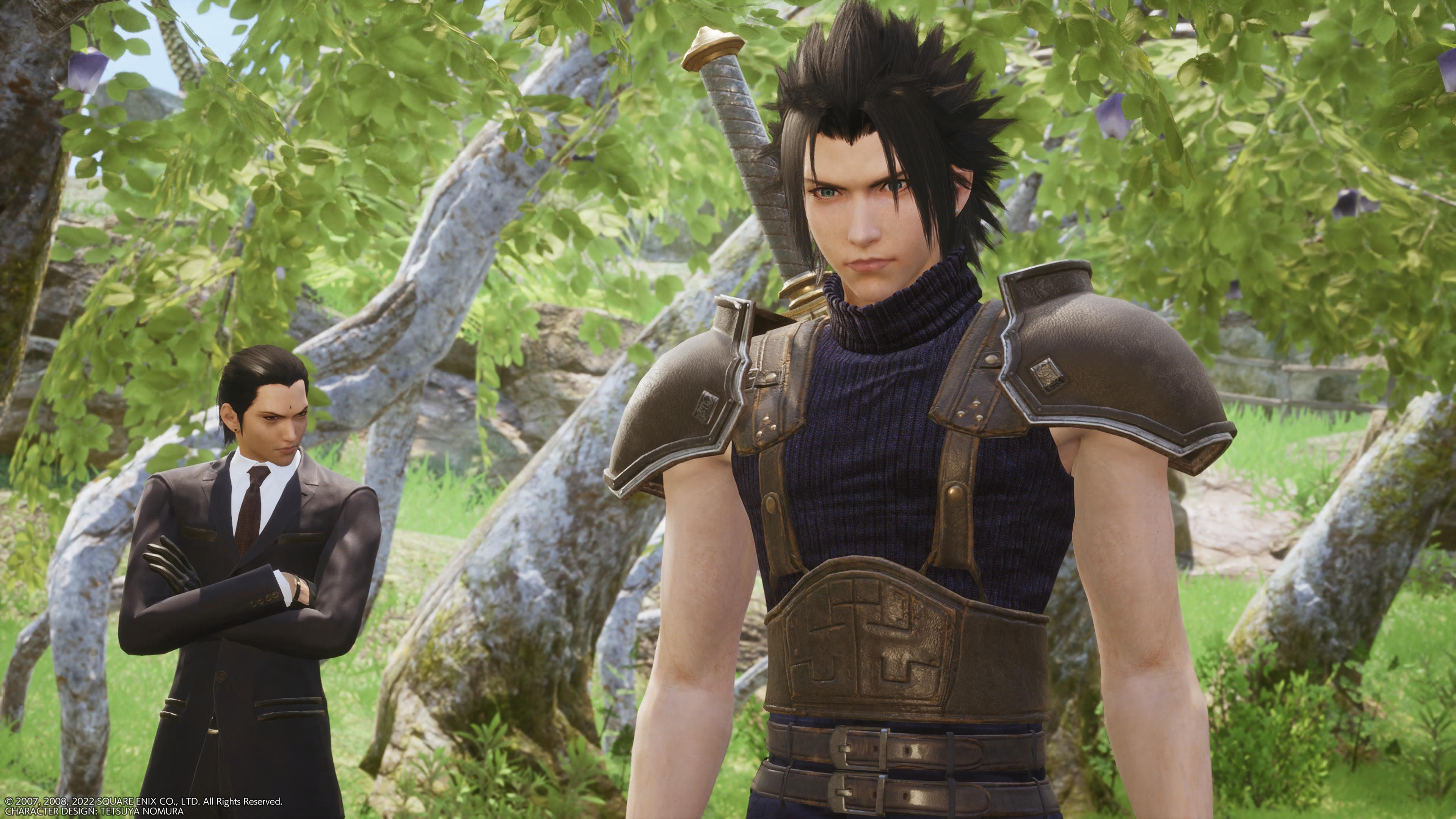
Nonetheless, revised story cinematics are a gorgeous sight to behold, and the brand new summon animations for creatures like Ifrit are jaw-droppingly stunning. Some prerendered scenes from the original Crisis Core are also carried over for this game, and though they are a bit grainy, running in a lower resolution, they are still meticulously crafted pieces of art. Amusingly, the graphical quality in these scenes is barely on par with the in-engine graphics of the remaster. The character models look slightly different in the prerendered scenes compared to their new, remastered in-game looks, but the small differences are actually endearing. It’s fun to see how far technology has come while retaining the same artistic spirit.
Crisis Core Reunion is not as beautiful as Final Fantasy VII Remake, but it’s definitely good enough for a PSP game remaster. Some of the environmental textures are awesomely detailed, and there is even occasionally some impressive lighting and reflections. There are also a few really ugly textures sometimes juxtaposed directly beside the nice textures, but still, the overall impression is positive. The sound effects are likewise crisp and impactful, and the soundtrack is now even more pleasant and hummable than it was before.
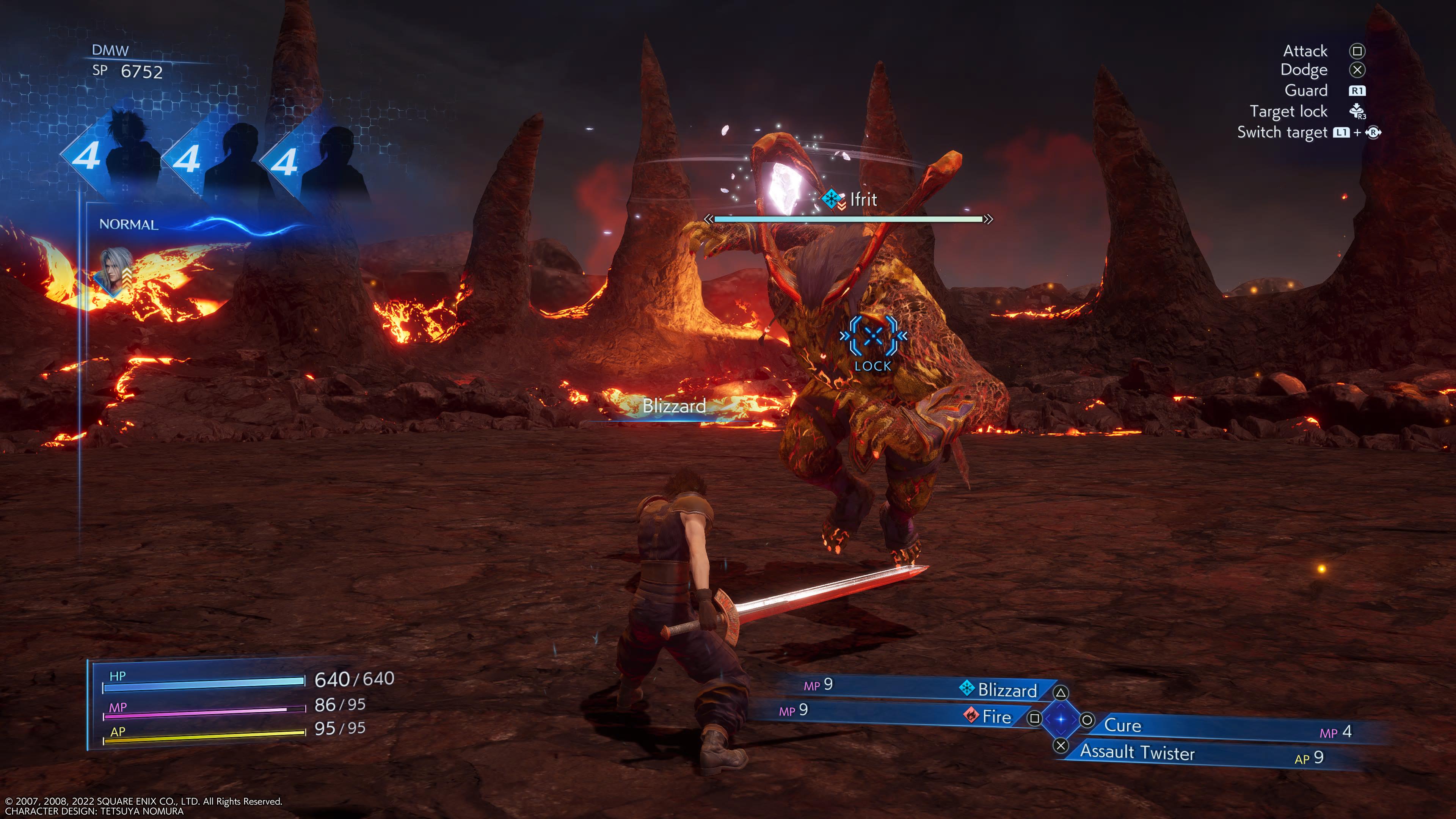
Combat Remains Fast and Furious
The battle system is a highlight of Crisis Core: Final Fantasy VII Reunion in preview. Zack can equip materia and accessories with a wide range of effects that invite high strategic customization. Materia is basically the “magic” of the game, but in addition to letting you cast attack, healing, and support spells, you can also equip physical abilities or materia that increases your stats or has other effects. Materia can be leveled up to a maximum of level 5, increasing its effectiveness and giving Zack additional stat bonuses. It’s a lot to manage — but in a good way, and it often feels like there’s a way to win any battle regardless of your level as long as you equip the right things.
On top of all that, the game uses a “Digital Mind Wave” (DMW) system, which is basically a slot machine that is constantly running in one corner of the screen during combat. There is a huge amount of bonuses you can gain at random from the spinning slots of DMW, such as temporarily becoming immune to physical attacks, magic attacks, or both. DMW can also trigger summon attacks or special attacks from people who have made an impact on you during your journey. A good bit of luck with DMW can be the difference between life and death, especially when the game lets you cast magic at 0 MP cost for a while.
Controls are tight, and you get into a clear rhythm of knowing when to attack, block (I never blocked though.), or dodge. When you die, there’s usually a (begrudgingly) good reason for it. Even when enemies attack from off-screen, the game will notify you in advance that a special attack is being prepared and tell you what direction it’s coming from. When you really understand the battle system and your enemies, it’s possible to avoid being hit at all, which is literally necessary to win if you intend to tackle some of the harder optional missions.
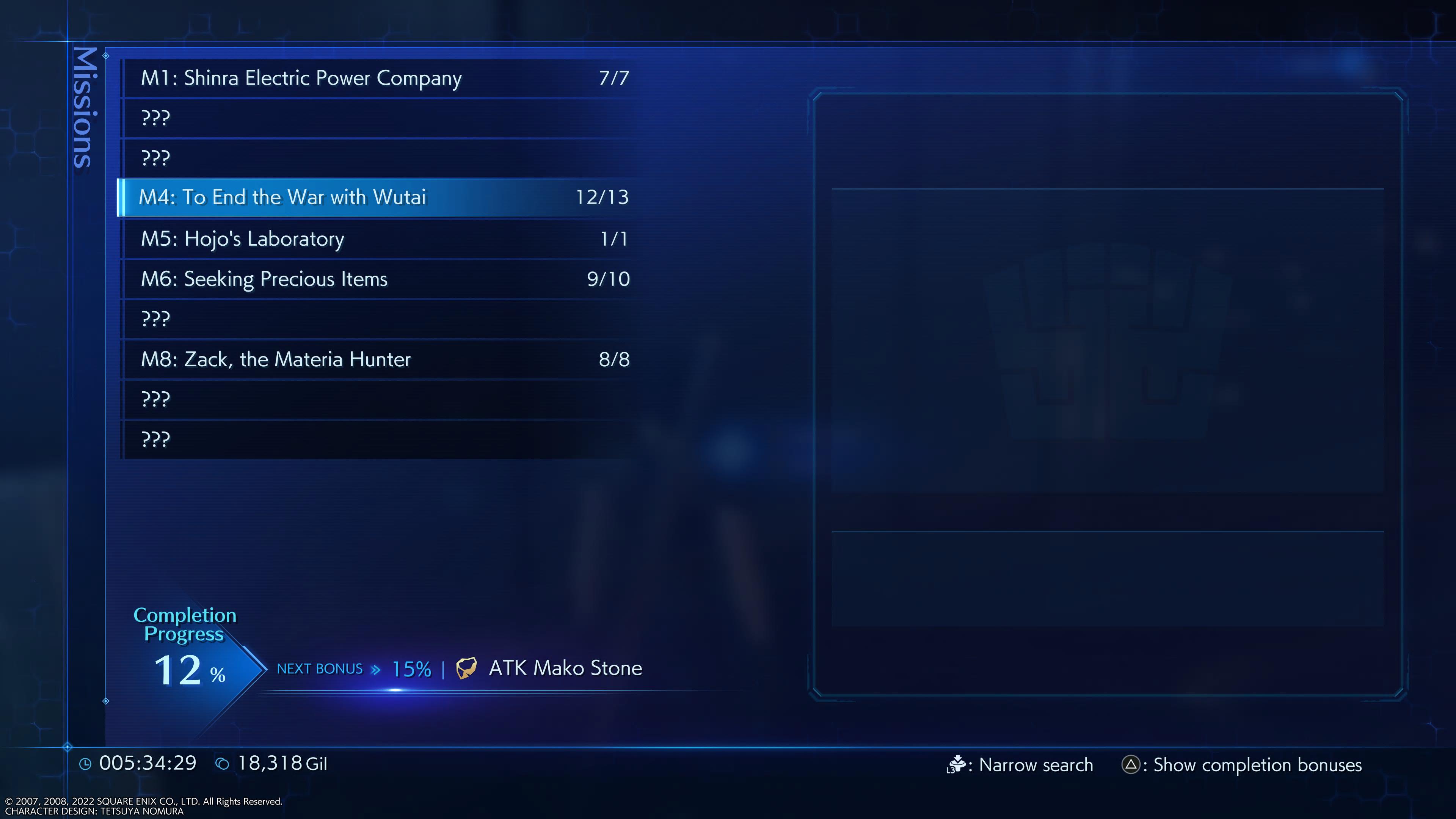
Crisis Core: Final Fantasy VII Reunion has plenty of action in its main storyline, but extremely early on, the game also allows you to access completely optional side missions from any save point. There are tons of unlockable side missions, and they all involve going through segments of the same handful of maps over and over again to battle enemies. It sounds monotonous, but the shear variety of enemy types, the constantly escalating difficulty, and the inherent quality of the battle system make it a surprisingly fun proposition. In fact, even before the end of Chapter 2, it’s possible to become extremely overleveled and get access to powerful magic with cool names like “Hell Blizzaga” that make the story battles a total joke.
It also helps that it only takes a few minutes to complete each mission, and in Reunion, the game now gives you the option to instantly retry a fight when you die, even allowing you the chance to change your equipped gear if you want. It makes the game a bit more forgiving and invites you to brute-force your way to victory if you’re extremely stubborn about approaching a fight a certain way.
One more thing I think has been added newly to Reunion is that enemies’ super attacks are charged up before use, and if you attack hard and fast enough, you can lower the enemy’s attack effectiveness accordingly or cancel the attack altogether. Figuring out how to even survive the super attack of enemies who are much stronger than you can be a fun puzzle in itself sometimes.
So to reiterate, Crisis Core: Final Fantasy VII Reunion is everything you would want and expect the game to be in preview. The combat is fantastic and versatile. The visuals and audio are impressive. And the story is almost certain to appeal to the Final Fantasy VII faithful. There’s little to critique. Square Enix and Tose are giving the people exactly what they want.
Stay tuned for our final review next week. Crisis Core: Final Fantasy VII Reunion launches on December 13 on PlayStation 4, PlayStation 5, Xbox One, Xbox Series X | S, Nintendo Switch, and PC via Steam.
https://www.youtube.com/watch?v=65lCz22aopY

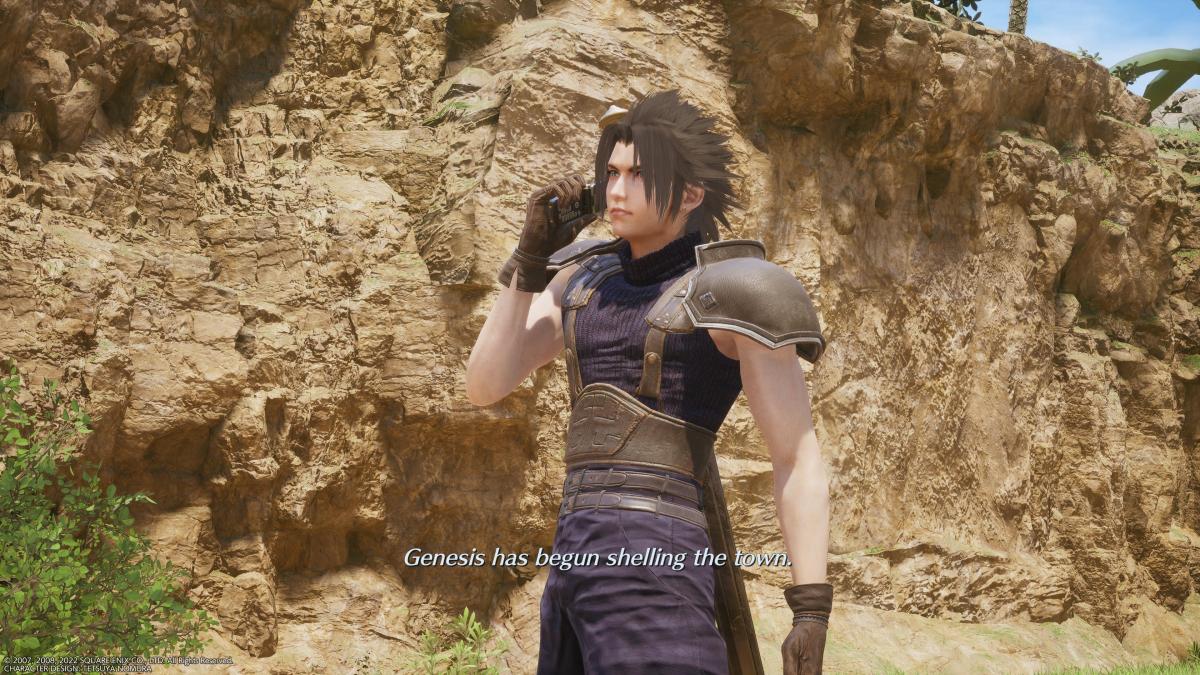

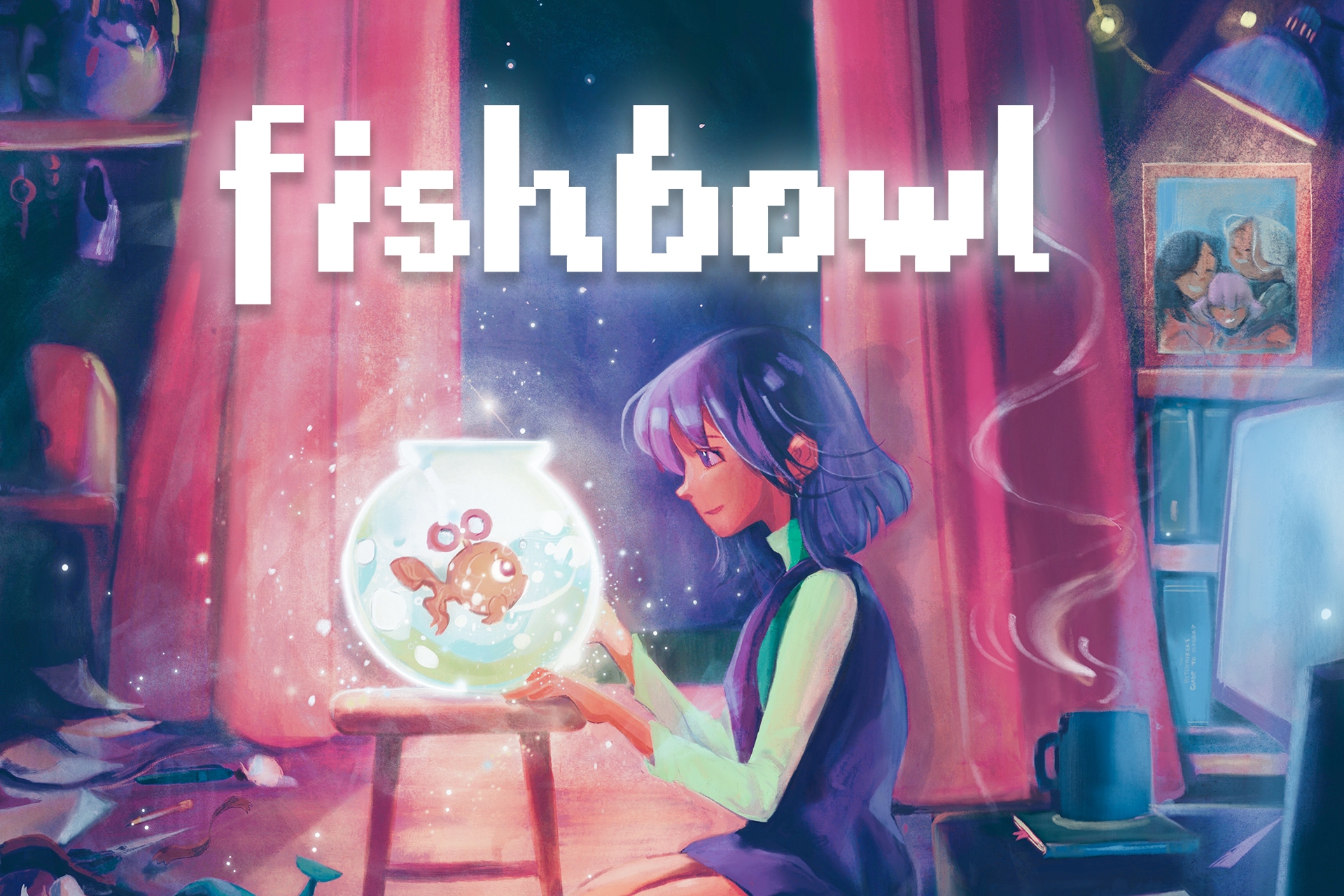


Published: Nov 29, 2022 05:00 am